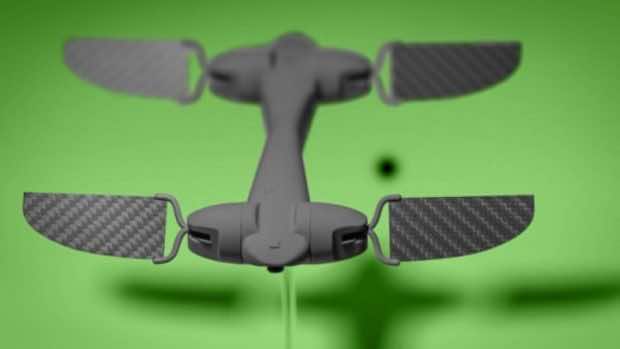Engineers at the University of Bristol have contributed more to the field of drones than the previous work done on drones. They have contributed to the build of a tiny flying robot that flaps its wings more efficiently than an insect, using a characteristic of unique electrostatic “Zipping”.
Such systems, inspired by insects, have already been built, including Harvard’s RoboBee or the DelFly Nimble. But they usually flap by some complex transmission systems like gears and motors. So the team from Bristol has made much more attempts towards such nature as well as the working of the flapping robots. Thus, the new drones by Bristol’s team use an artificial muscle system that requires no transmission. This artificial muscle system is referred to as the “Liquid-Amplified Zipping Actuator” (LAZA).

The wings of the dragon-fly size drone are made up of an electrode sticking out from between two other smaller electrodes at the base. A high voltage is sent via each of the base electrodes in an alternating manner, attracting the wing electrode to each one in turn. This is performed quite fast and it produces a flapping motion, which is further amplified by a liquid dielectric between the electrodes.
“With the LAZA, we apply electrostatic forces directly on the wing, rather than through a complex, inefficient transmission system,” said Tim Helps, lead author of the study. “This leads to better performance, simpler design, and will unlock a new class of low-cost, lightweight flapping micro-air vehicles for future applications, like autonomous inspection of offshore wind turbines.”
Moreover, according to the team, the LAZA system involves the users to finely control the frequency and amplitude of the flapping wings and can provide more power than mammal or insect flight muscles of the same size. It was able to fly across a room at about 2.5 km/h, or 18 body lengths per second in a test. Its flapping wings lasted over a million cycles with no drop in performance.
LAZA system could eventually contribute to more nimble drones that could be utilized in environmental monitoring, explorations, search and rescue. Such flapping drone can be seen in action in the video below:


